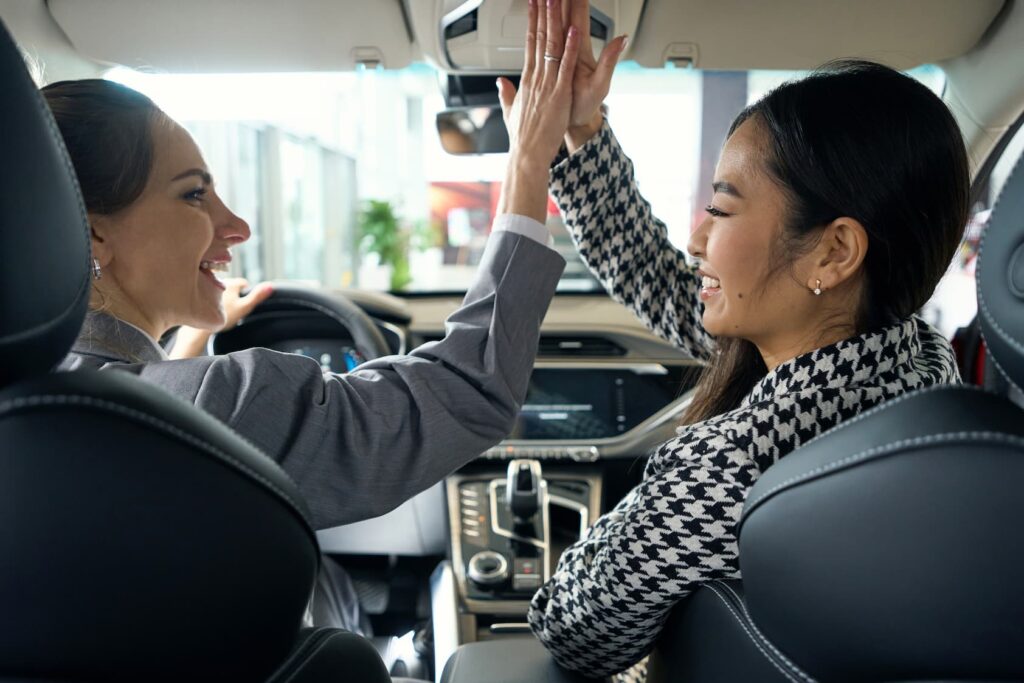
The world was at war and resources were scarce. Rubber and oil shortages made it tougher to use personal cars, but people still had to get to school and work. Like with many things in times of war, necessity became the mother of invention, and the carpool was born.
“The concept of carpooling first arose as an economic necessity back in World War II,” explained an article by Liftango, a company that promotes sustainable transportation. “The American government promoted it as a method of rationing fuel.”
Americans began ridesharing in the 1940s, and while the trend has never stopped it has evolved. Carpooling has seen rises and declines in popularity but once again, it seems to be gaining more popularity as the workforce distances itself from the restrictions of the COVID 19 pandemic.
Carpooling is gaining popularity once again and a major factor is that people and organizations are getting more and more environmentally conscious.
“With the increasing concern for environmental sustainability, governments and organizations around the world are promoting carpooling as an effective way to reduce traffic congestion and carbon footprint,” explained Madelyn Howe in an article at Medium.com.
For a long time, the main reason to carpool was to save money and provide convenience, and those are still key factors in choosing to rideshare, but more and more people are recognizing that emissions from automobiles are a major contributor to air pollution. According to a 2016 study by the European Commission, road transport “is considered the main cause of air pollution in cities and accounts for nearly a quarter of greenhouse gas emissions.”
Social distancing restrictions during COVID made carpooling difficult, but now that restrictions have been lifted more people are embracing ridesharing again. Fluctuating gas prices and continued growth in outlying areas in communities such as Tucson have also given rise to carpools.
Technology has made it even easier to communicate and made carpools easier than ever to organize and run. Smartphones make it simple to keep a schedule, inform the group if someone is running late and prevent unnecessary trips when someone is going to miss work.
Beyond simple communication, technology is changing how people carpool and companies are taking advantage.
“The rising adoption of smartphones and advancement in digital technologies has made it easier to connect and coordinate with potential carpooling partners, leading to the growth of carpooling platforms and apps,” Howe wrote.
Pima Association of Governments, the region’s metropolitan planning organization that manages the Travel Reduction Program has its own carpool platform. SunRideshare.org is a commuter assistance program that helps people find carpool and vanpool partners.

Anyone in the greater Tucson region can sign up for Sun Rideshare, which offers an online database where people can sign up if they are interested in seeking carpool or vanpool partners to save money or contribute to a healthy environment.
A new trend in carpool apps is finding short-term carpools. This is especially convenient for those who primarily telework but need to make the occasional trip to the office and don’t want to drive alone. Apps like Waze Carpool, Lyft Shared, UberX Shared, Via and iCarpool allow people to find rides with other drivers or find riders who want to share their car to similar destinations.
Pogo and GoKid help people with kids set up carpools with people they know and trust. Participants plug in events and locations into the app to locate a ride or provide rides for others.
The future of carpooling may be sites such as Ride Amigos, which offers rideshare assets to both individuals and organizations. Their platforms can help find and organize carpools, allow participants to plan routes and communicate, and even help manage costs.
The apps we use every day on our phone can also be very helpful when it comes to a carpool. Text messaging and other messaging apps are a great way to keep groups in communication, while mapping apps like Google Maps or the Maps app on iPhones are great ways to plan the shortest routes. Waze is a similar app that has real-time traffic updates and can help plan routes to avoid traffic or construction.
Plenty of other routing apps have their own niche uses that can benefit a variety of needs including multiple stops, multiple jurisdictions and even specific businesses such as sales, deliveries and trucking.
Carpool Trends Over the Years
- 1940s – Carpooling develops as an economic necessity back in World War II and continues into the 1950s.
- 1960s – The rise of cheaper, imported automobiles sees carpooling become less popular and this trend continues into the early 1970s.
- 1970s – Thanks to gas shortages and other resource scarcities, carpooling once again became popular. The vanpool was introduced by larger companies who need to ensure their employees can get to work.
- 1990s – Carpooling becomes less popular for the workforce due to cheaper gas prices, but college students embraced the trend because of parking shortages on many campuses.
PAG oversees Transview.org/map which is a platform where individual jurisdictions can inform the public about road construction, accidents and closures. The site provides this information based upon data collected from local department of transportation crews, contractors, local police dispatch systems, the National Weather Service and through partnerships with other agencies and public transportation entities.
Carpool trends may change but the advantages remain. Carpooling is an effective way to save money, reduce stress and reduce carbon emissions. The latest technological trends can make carpooling even easier.


